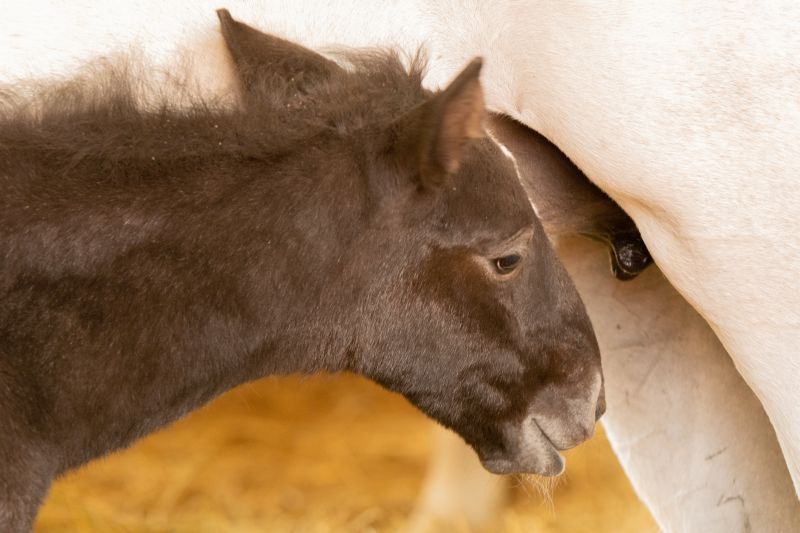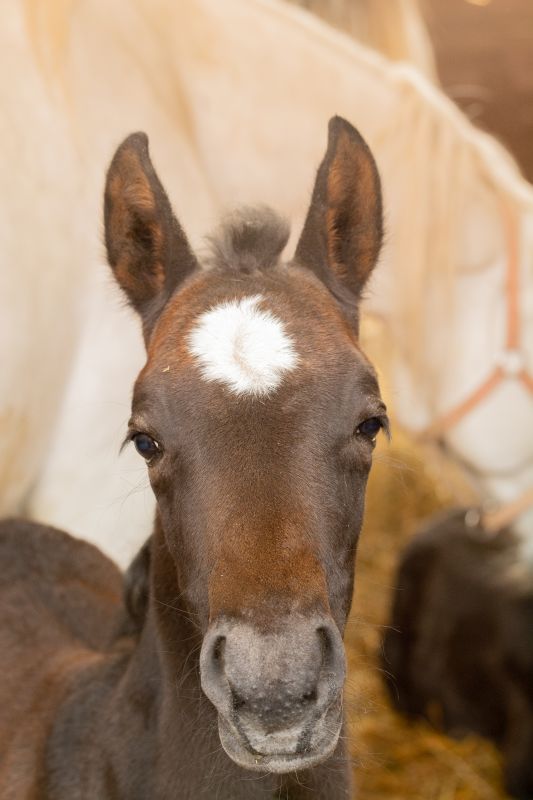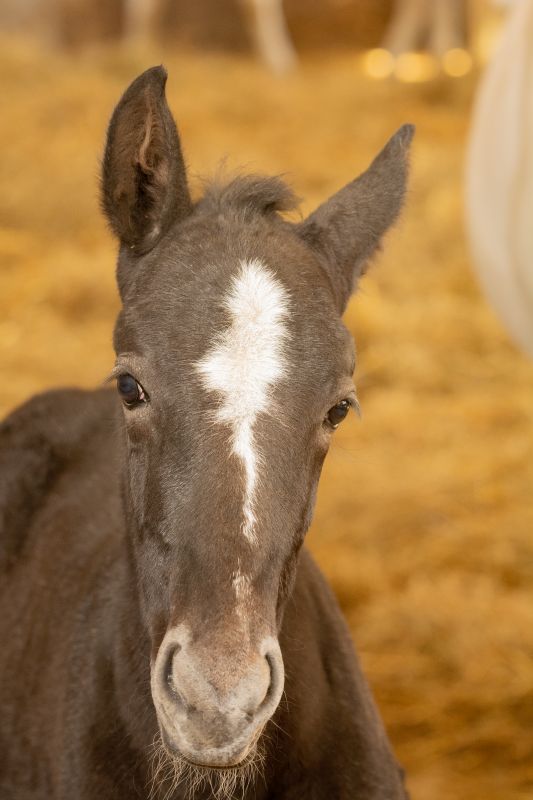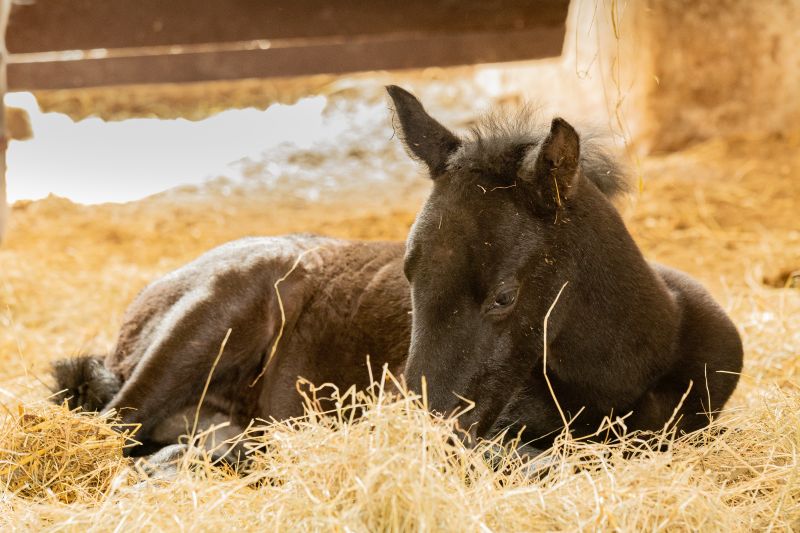Holding and training on Lipica
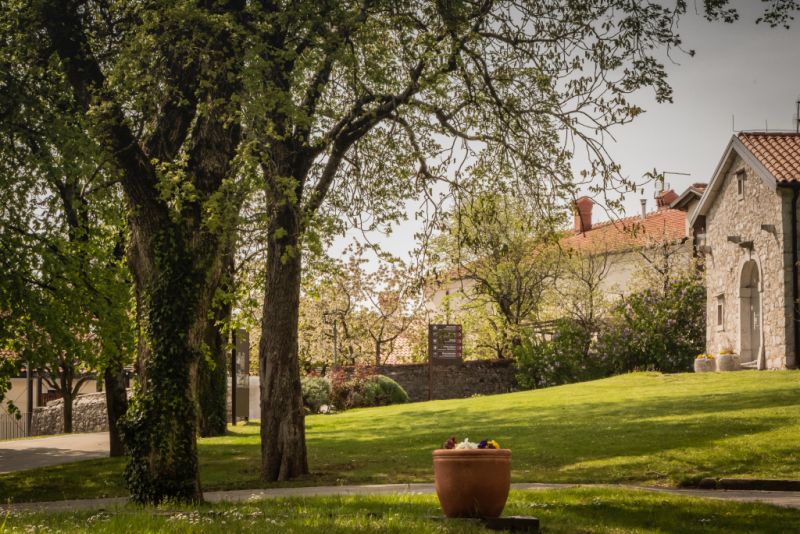
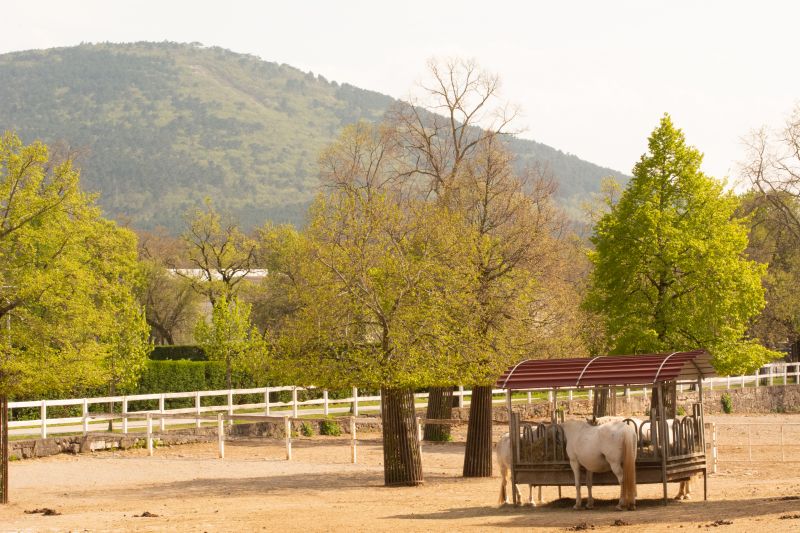
After my very interesting lecture about phytotherapy at the University of Veterinary Medicine Vienna we drove on to Lipica.
Mare keeping in Lipica
The mares are not trained in Lipica because there is simply not enough time between the foals for training. Nevertheless, mares in Lipiza are only bred every 2 years at the most. All 6 stallion lines must always be represented and between 20 and 30 foals are born every year. Fillies stay on Lipica for breeding, stallions are trained or sold. But not as foals. “We give our horses time.” Time and patience seems to be the measure of all things here and you can feel that. There is peace and quiet over the whole stud.
All the mares are standing peacefully on the paddocks, dozing or eating, in the stables you can only hear the horses chewing. Sometimes a foal jumps playfully through the straw, sometimes two mares bitch at each other. They can’t leave that here either.
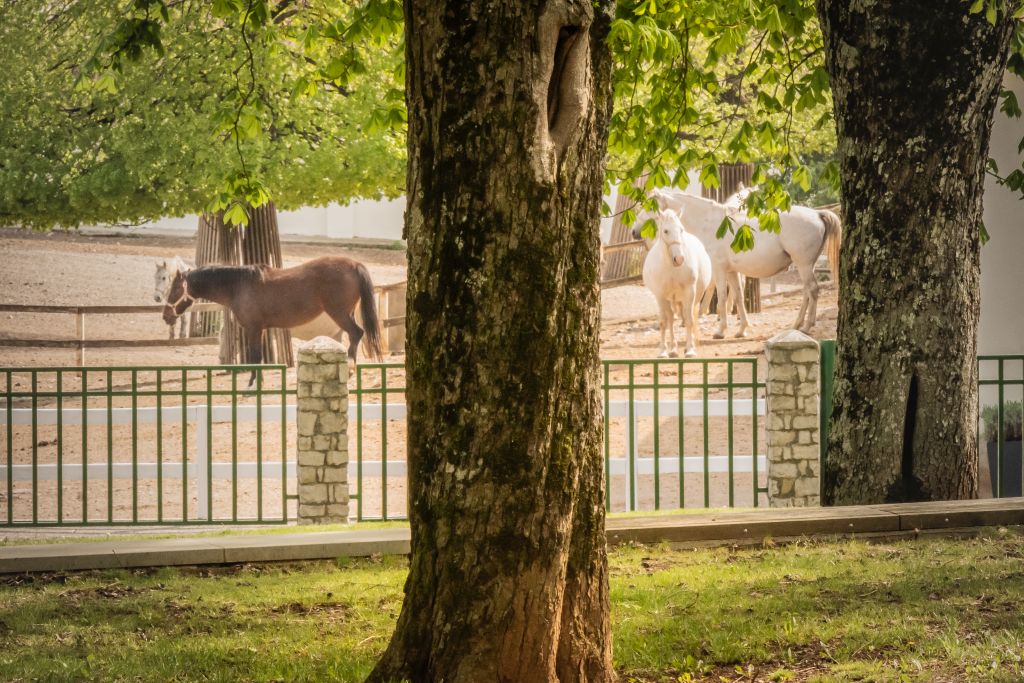
Outdoor paddocks of the mare herds in the yard. The mares come out to pasture in mid-May. However, the horses are only outside during the day on the pastures or paddocks, in the evening all 350 horses come back to the stable because of the bears and wolves. The people there get along quite well with the fact that there are also predators in nature. Because they take care of the animals they own.
Mares are divided into herds with foal and without foal. During the foaling period, the mares with foals spend a few days individually in the playpen and then in a herd “mares with foals”. Only after some weeks the mares with foals come together again with the other mares and then out on the pastures.
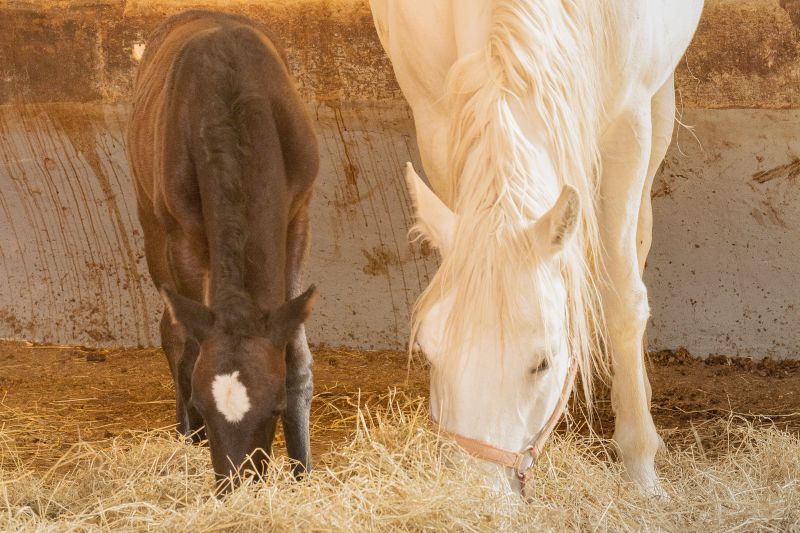
By the way, all horses are in an excellent condition, also concerning the hoof care of the mares.
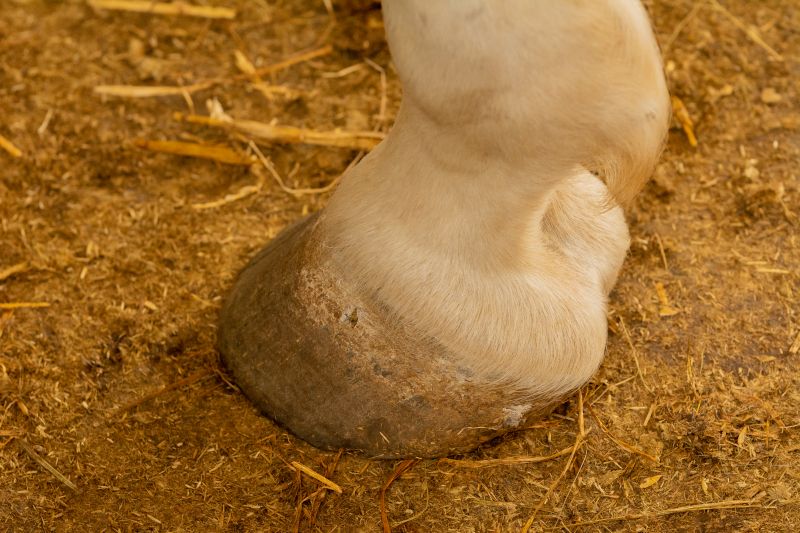
I was very lucky and was able to inform myself there about the keeping conditions and the training of the stallions.
And I have to say that I must question more and more the way horses are trained for competitive sport.
First contact of the stallions with the instructors
The employees told that the young stallions only come from the pastures at the age of 4 and than they start an education at all. However, only after the horses have been sorted out, which are not suitable for a riding career in Lipica due to their anatomical conditions.
That’s when the young stallions are then sold.
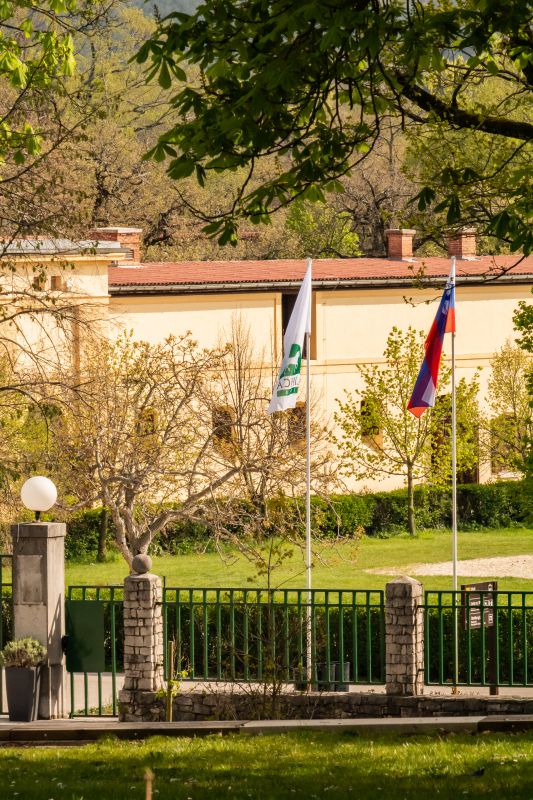
Riding school Lipica
And training means first of all that they get in contact with humans.
A few years ago Lipica started behaviour training for the young stallions. Since then the riders have had it much easier with the stallions in riding training. Nothing happens there with compulsion, but everything freely and often without bridle. Only when this first trainer is satisfied with the horses’ behaviour towards humans do the stallions take the next step in their training.
Accustomation to riding
It starts with working with a lunge. And one hears and is astonished, no matter what you see in the pictures in the books: Without tie-ins, free at the cavesson bridle and later at the bridle ring. In Lipica, no auxiliary reins are used for young horses, such as outbinders or triangular reins, let alone loop reins. Never!
It’s about rhythm and only about rhythm and the resulting balance in all three basic gaits. The instructors always emphasized that everything in the training should be playful. All horses should enjoy his work.
When five-year-old, the stallions get under the saddle.
And then for a full year they do nothing but learn to carry the rider. When I was asked what the stallions can do when they are six years old, I was told: to balance the rider in all three basic gaits on the whole track, on the circle and in eight-hander tours through the whole track.
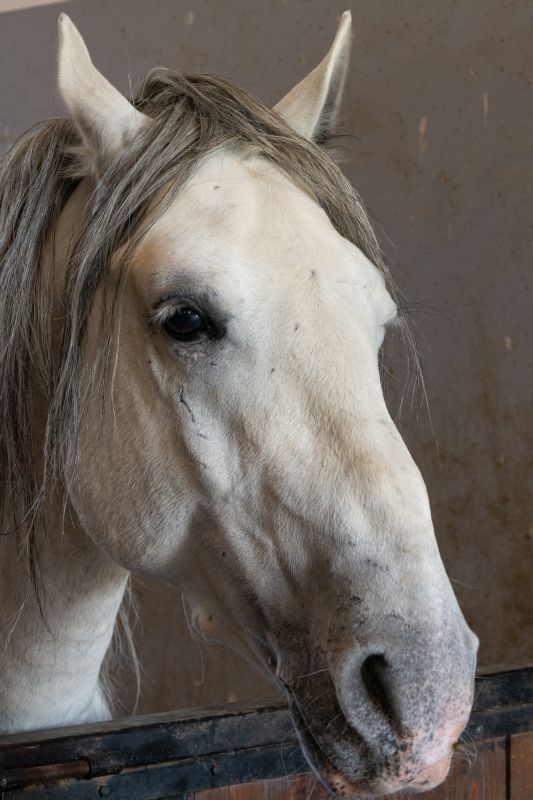
Content horse. Stallion in Lipica
What do six-year-old horses have to do for us?
They are forced through L and M competitions in dressage and jumping without regard to growth, balance and their development. Now one could of course say that our sport horses have a completely different constitution.
I agree with you.
Our sport horses are much more fragile and susceptible than the Lipizzaner. The Lipizzaner is more compact and smaller and can therefore balance his rider and himself much easier. He is also much more muscular, which is of course also due to his gentler and better training.
Some of my clients already introduce me to 6 year old horses, where several veterinarians gave advice to put the horse down before, so a healing seemed hopeless.
If you see that our horses still have an average age of 10-11 years and you hardly see any competition horses with an age of more than 14 years in the big sport, then I wonder why we don’t finally open our eyes. There is something wrong with our training methods.
Basic training in Lipica
With six years the stallions begin with the basic training. They learn lateral work, side gaits, tempo changes and school on earth. For 2 years. During each school year the stallions which have no fun at the training and do not come further are sorted out and sold.
The school above the earth
At the age of 8 the stallions, who are anatomically and psychologically able to do so, start schooling above ground. At the age of 11 they are fully trained. Still every school year the stallions are taken out of training who do not like to attend school.
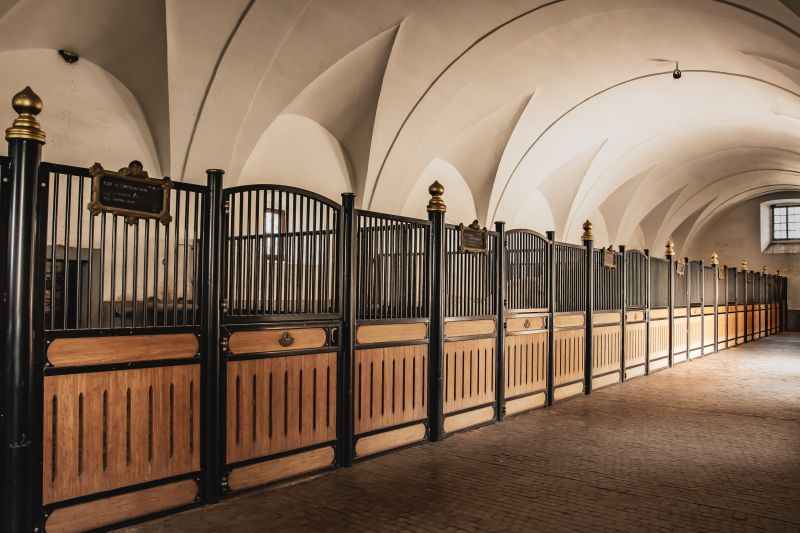
Stable for the show horses in Lipica. The boxes are 20 m² in size, because the stallions only come on paddocks. But always several next to each other, so they don’t stand alone outside.
The trained stallions in Lipica are shown in their show up to an age of 20 years.
However, the trainers have emphasized that they also have some stallions who are older than 20 and still participate in the shows.
Rent
When the stallions are older and no longer ridden, they are sold in Lipica at a symbolic price to selected owners, where they can enjoy a healthy and beautiful evening of life. I can’t and don’t want to think about what happens to most of our sport horses when they can’t do any more.
Last but not least, I have some nice thoughts about you. It was just foaling time in Lipica and I have some really sweet foal pictures.
